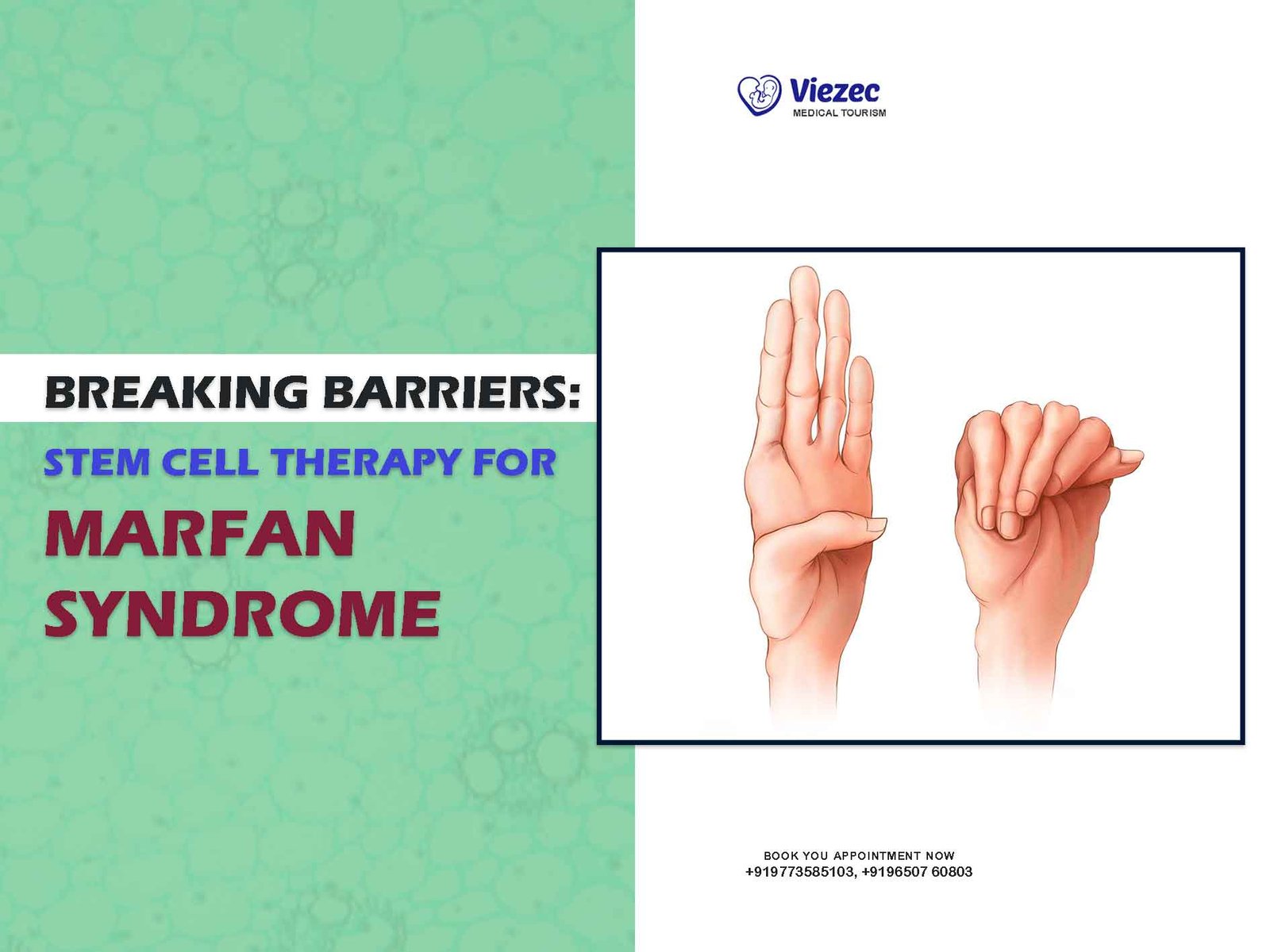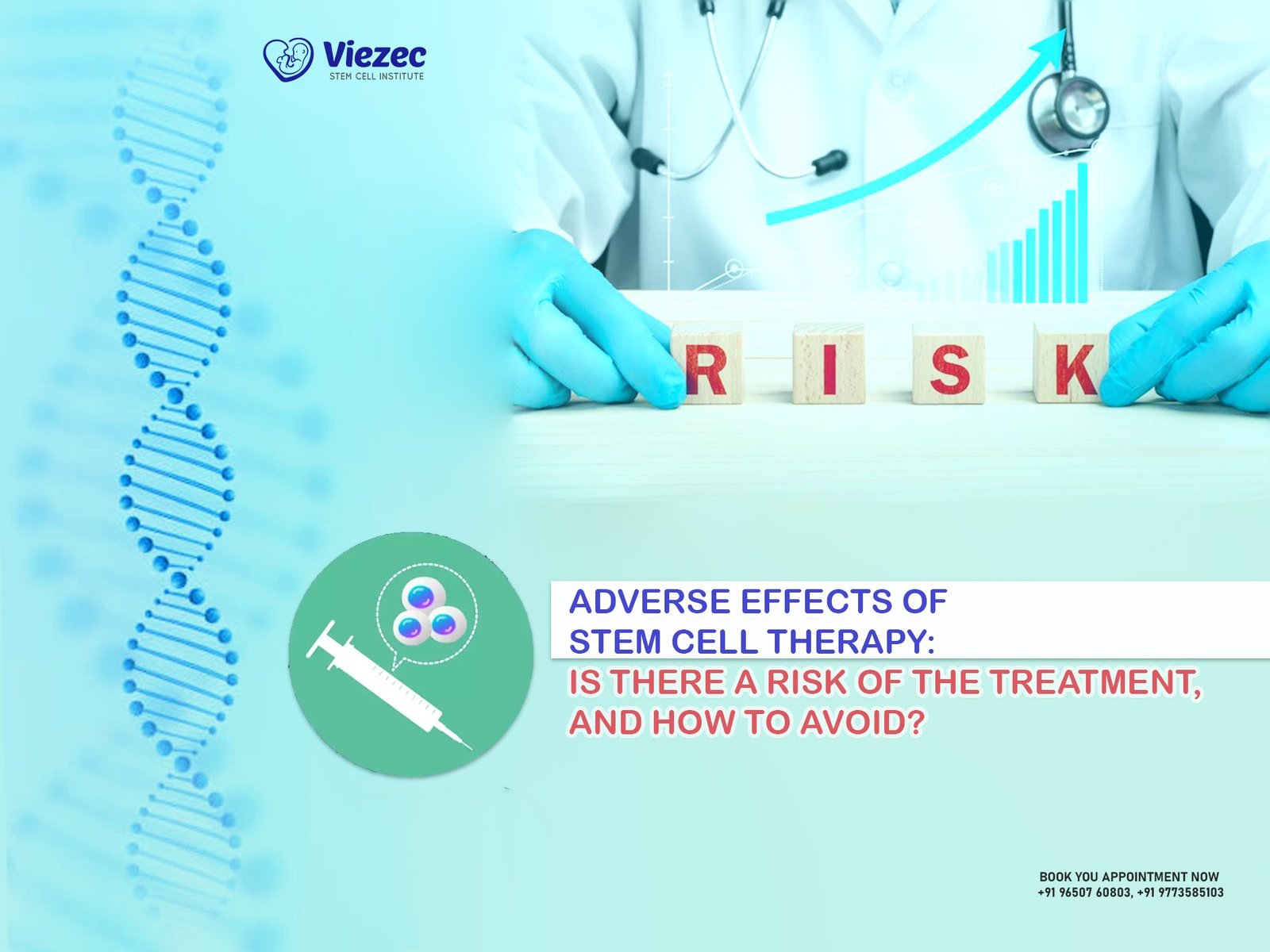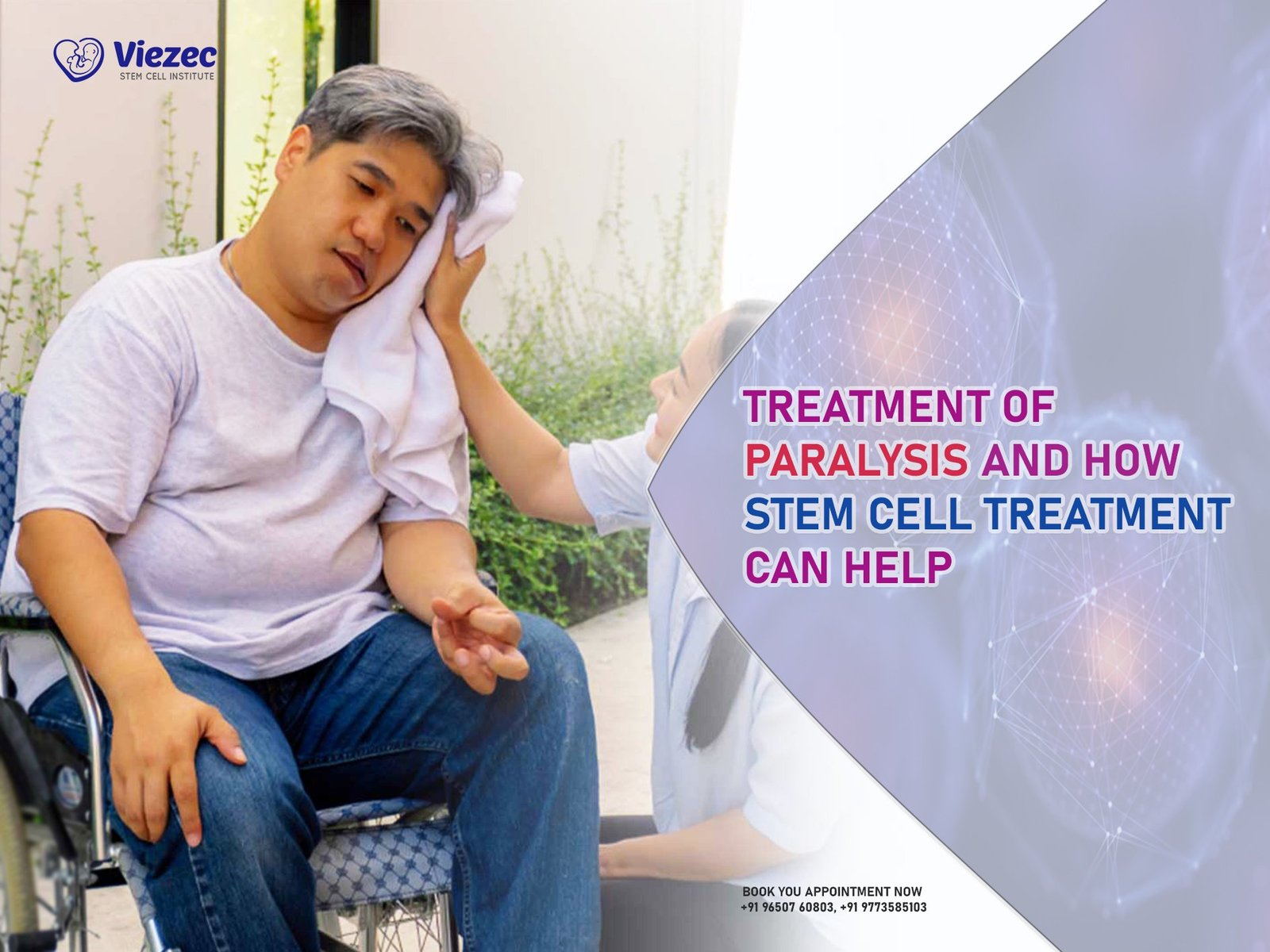Marfan syndrome is a rare genetic disorder that affects connective tissue, primarily in the heart, blood vessels, bones, joints, and eyes. It is caused by mutations in the FBN1 gene, which encodes fibrillin-1, a key component of connective tissue. This syndrome can lead to a range of symptoms, including skeletal abnormalities, cardiovascular issues, and ocular complications. While current treatments focus on managing symptoms and preventing complications, recent advancements in stem cell therapy offer promising avenues for addressing the underlying causes of Marfan syndrome.
Understanding Marfan Syndrome
Before delving into the potential of stem cell therapy, it is essential to grasp the complexities of Marfan syndrome. Individuals with Marfan syndrome often exhibit characteristic physical features such as tall stature, long limbs, a disproportionately long wingspan, and a curved spine (scoliosis). However, the most serious manifestations of Marfan syndrome involve the cardiovascular system.
People with Marfan syndrome are at an increased risk of developing aortic aneurysms, which are weaknesses in the walls of the aorta that can lead to life-threatening complications such as aortic dissection or rupture. Additionally, they may experience abnormalities in heart valves, particularly the mitral valve, leading to regurgitation or prolapse. Ocular manifestations, including lens dislocation and myopia, are also common in individuals with Marfan syndrome.
Current Treatment Approaches
Historically, the management of Marfan syndrome has primarily focused on symptom relief and preventing complications. Treatment strategies often involve a multidisciplinary approach, including regular monitoring, medication, and surgical interventions when necessary.
Medications
Beta-blockers and angiotensin receptor blockers (ARBs) are commonly prescribed to individuals with Marfan syndrome to reduce the risk of aortic enlargement and dissection. Beta-blockers work by slowing the heart rate and reducing blood pressure, thus decreasing the stress on the aorta. ARBs help to relax blood vessels, lowering blood pressure and reducing the workload on the heart.
Surgical Interventions
Surgery may be necessary to repair or replace damaged heart valves or to repair aortic aneurysms before they rupture. Aortic root replacement, often using a synthetic graft, is a common procedure to prevent aortic dissection. Valve-sparing procedures may be performed to repair the aortic valve while preserving its function.
Lifestyle Modifications
Individuals with Marfan syndrome are often advised to avoid strenuous physical activities and contact sports, as these activities can increase the risk of aortic dissection or rupture. Regular exercise, however, is encouraged to maintain cardiovascular health, but it should be done under the guidance of a healthcare professional.
Limitations of Current Treatments
While current treatment approaches can help manage symptoms and reduce the risk of complications, they do not address the underlying genetic cause of Marfan syndrome. Moreover, surgical interventions carry inherent risks, and lifelong medication may be necessary to control blood pressure and prevent aortic enlargement. Therefore, there is a need for novel therapeutic strategies that target the root cause of the disease.
Promise of Stem Cell Therapy
Stem cell therapy holds immense potential for treating genetic disorders like Marfan syndrome by addressing the underlying molecular defects. Stem cells are undifferentiated cells with the unique ability to differentiate into various cell types and replace damaged or malfunctioning cells within the body. Researchers are exploring different approaches to harness the regenerative power of stem cells to treat Marfan syndrome effectively.
Induced Pluripotent Stem Cells (iPSCs)
Induced pluripotent stem cells (iPSCs) are generated by reprogramming adult cells, such as skin cells or blood cells, back into a pluripotent state. These iPSCs can then be differentiated into specific cell types affected by Marfan syndrome, such as vascular smooth muscle cells or cardiac muscle cells. By studying these cells in the laboratory, researchers gain valuable insights into the disease mechanisms and can develop targeted therapies.
Gene Editing Technologies
Advancements in gene editing technologies, such as CRISPR-Cas9, offer the possibility of correcting the underlying genetic mutations responsible for Marfan syndrome. By precisely modifying the defective FBN1 gene in patient-derived iPSCs, researchers can potentially generate healthy cells that can be transplanted back into the patient, replacing damaged tissue and restoring normal function.
Stem Cell Transplantation
Another approach involves directly transplanting stem cells or their derivatives into affected tissues to promote repair and regeneration. Mesenchymal stem cells (MSCs), which have the ability to differentiate into bone, cartilage, and connective tissue, show promise for treating Marfan syndrome-related skeletal abnormalities and cardiovascular complications.
Regenerative Medicine Approaches
Regenerative medicine strategies aim to stimulate the body’s own repair mechanisms by delivering growth factors, cytokines, or other therapeutic agents to the site of injury or disease. By enhancing tissue regeneration and modulating inflammation, these approaches have the potential to alleviate symptoms and improve outcomes for individuals with Marfan syndrome.
Safety Concerns
One of the primary concerns surrounding stem cell therapy is the risk of tumorigenesis or abnormal tissue growth. Ensuring the safety and efficacy of stem cell-based treatments requires rigorous preclinical testing and clinical trials to evaluate their long-term effects and potential adverse events.
Immunological Considerations
Immunological rejection of transplanted cells remains a significant hurdle in stem cell therapy. Strategies to mitigate immune responses, such as using patient-derived iPSCs or immunosuppressive medications, must be carefully considered to prevent rejection and maximize the therapeutic benefits.
Ethical and Regulatory Considerations
The ethical implications of stem cell research, including the use of human embryos and the creation of genetically modified cells, raise important ethical questions that must be addressed through thoughtful discourse and adherence to regulatory guidelines.
Personalized Medicine Approaches
Advancements in genomic sequencing and personalized medicine hold promise for tailoring stem cell therapies to individual patients based on their unique genetic profiles. By identifying specific genetic mutations and disease mechanisms, researchers can optimize treatment strategies to maximize efficacy and minimize risks.
Combination Therapies
Combining stem cell therapy with other treatment modalities, such as gene therapy, pharmacological interventions, or tissue engineering, may offer synergistic benefits for individuals with Marfan syndrome. By targeting multiple aspects of the disease pathology simultaneously, combination therapies have the potential to achieve more comprehensive and long-lasting outcomes.
Patient Advocacy and Engagement
Engaging patients and their families in the research and development process is crucial for ensuring that stem cell therapies meet the needs and preferences of the Marfan syndrome community. Patient advocacy groups play a vital role in raising awareness, providing support, and advocating for access to innovative treatments.
Make a Decision
Stem cell therapy represents a groundbreaking approach to treating Marfan syndrome by addressing the underlying genetic defects and promoting tissue regeneration. While significant challenges remain, ongoing research efforts hold promise for transforming the landscape of Marfan syndrome treatment and improving outcomes for affected individuals. By leveraging the regenerative potential of stem cells and advancing innovative therapeutic strategies, we can break barriers and pave the way towards a brighter future for those living with Marfan syndrome.









